The Most Famous Golf Course Designers
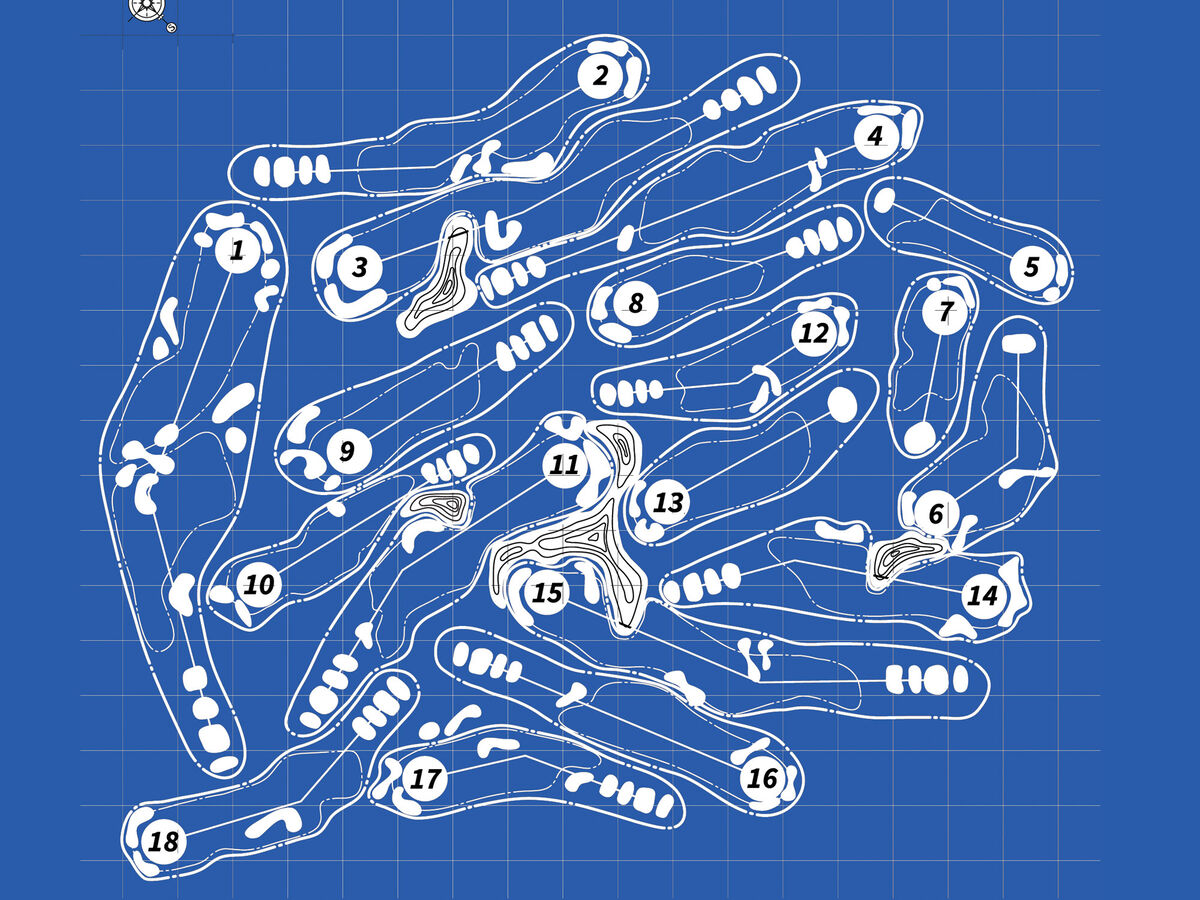
There are two types of golfers: those who know everything about golf course architecture and its most influential designers, and those who know nothing.
You hear names like Dye, Fazio, and Doak, but do they mean anything to you? For the average golfer, probably not.
The history of golf course design and the architects who shaped golf today is fascinating. These are the most famous golf course designers and their most famous courses and characteristics, who collectively designed 19 of GolfLink's top 25 Public Courses in America.
Old Tom Morris
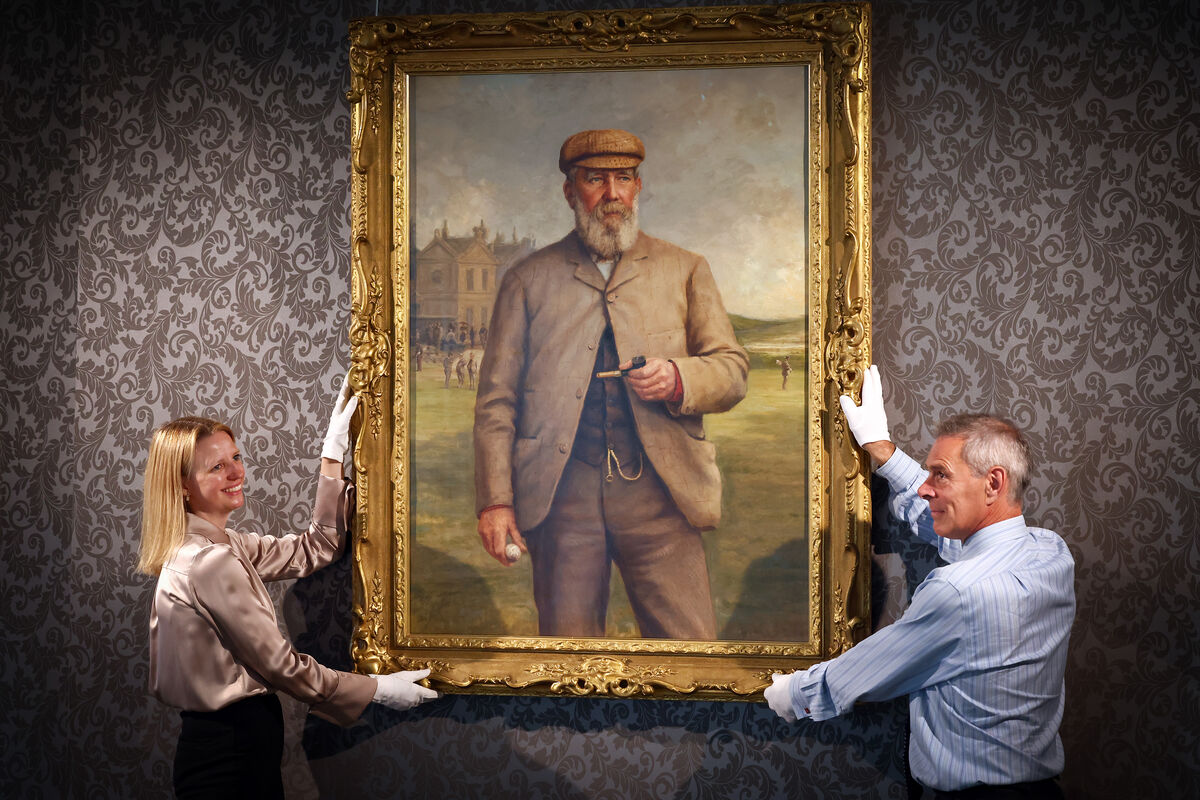
The grandfather of golf course architecture, Old Tom Morris is in a category of his own in golf course design. Morris designed and remodeled nearly 80 golf courses and worked until his death in 1908. Morris’ courses, collectively, have combined to host the most British Opens and are the blueprint for links golf designs.
Morris is credited for the concept of strategic bunkering, which you will come across on any course he’s designed. In addition, Old Tom Morris came up with the idea of top-dressing greens with a layer of sand, which is commonplace at any course. While Morris has an incredible resume of golf courses, he is best-known for St. Andrews, where he was also a greenskeeper and instructor. He spent most of his life there until his passing.
Beyond golf course design, Old Tom Morris also had quite the playing career. He won the British Open in 1860, ‘62, ‘64, and ‘67. He still holds the record as the oldest British Open champion at 46.
Old Tom Morris Signature Courses

- Old Course at St. Andrews
- Muirfield
- Prestwick Golf Club
- Carnoustie
- Royal Portrush
Old Tom Morris Fun Facts
- He opted to become a golf club maker over a carpenter
- He only carried five clubs in his bag (four irons, one wood)
- Morris completed his final British Open in 1895 and began the tournament but withdrew in 1896, just days before his 75th birthday
- He mentored fellow golf course designer Donald Ross
Alister MacKenzie
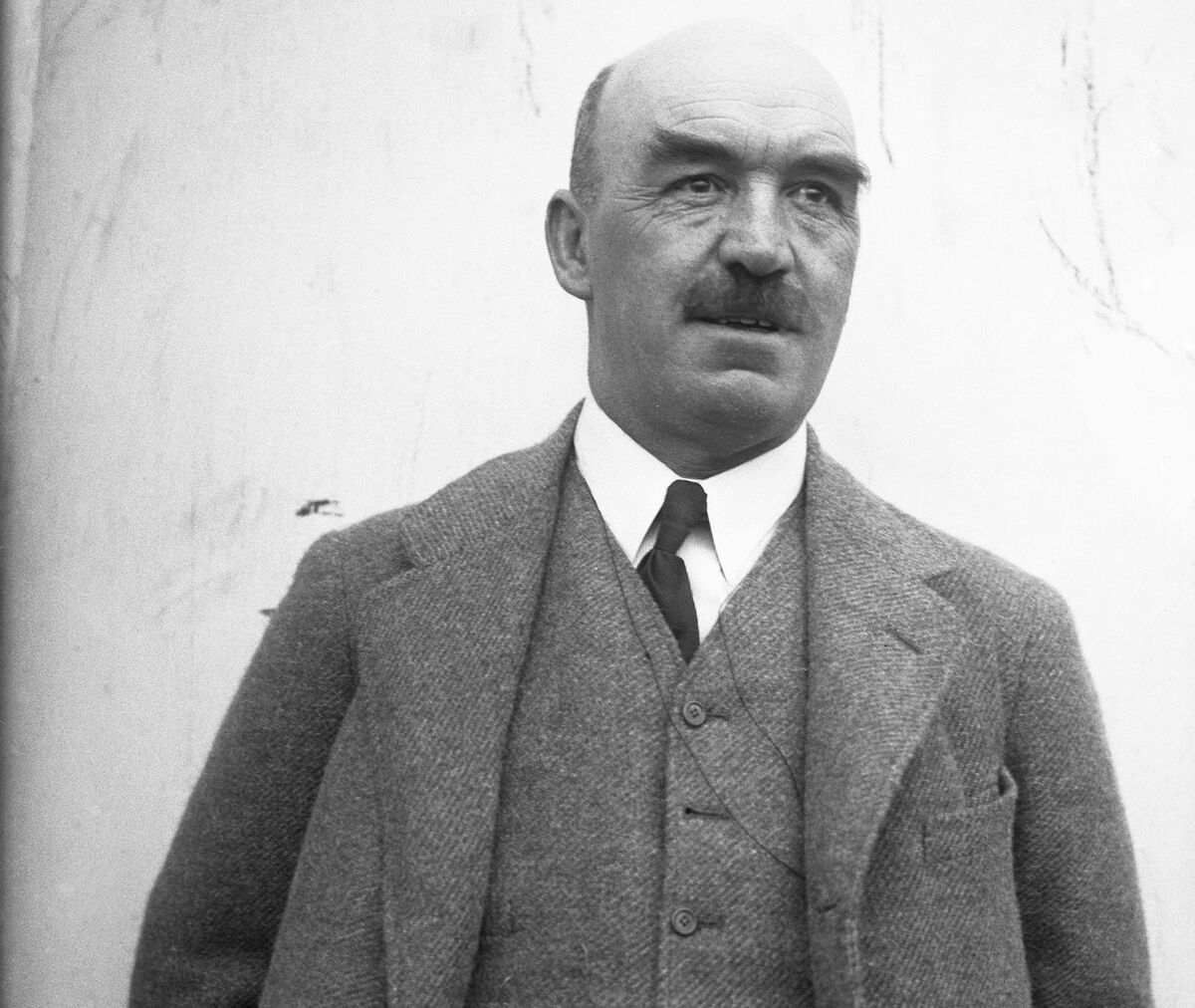
Alister MacKenzie is synonymous with his most famous course, Augusta National Golf Club. The course we see every April at The Masters has evolved over the years, but the British-born designer still looms over much of the routing and intricacies of Augusta.
Alister MacKenzie’s architecture spans four continents, which isn’t bad for a man who was a trained surgeon prior to taking up golf course design upon his return from World War I. Perhaps one of the saddest stories in golf, MacKenzie died just two months before the first Masters (then called the Augusta National Invitational Tournament) was played.
All MacKenzie courses have undulation, from the fairways to the greens. MacKenzie courses are known to offer small flat spots that some golfers can find, but it's more likely you'll spend the day hitting fairway shots from above or below your feet. Large “free form” bunkers are also part of MacKenzie's signature, along with narrow, off-centered greens.
Alister MacKenzie Signature Courses
- Augusta National Golf Club
- Cypress Point
- Royal Melbourne Golf Club (West)
- Pasatiempo Golf Club
Alister MacKenzie Fun Facts
- He mastered the art of camouflage while serving in the military and used it in his course designs
- His given name was Alexander, but was called by the Gaelic variant Alister
- His first design was Cleckheaton & District Golf Club in 1905
- Prior to going solo, MacKenzie worked in a firm with Harry Colt and Charles Alison
Donald Ross
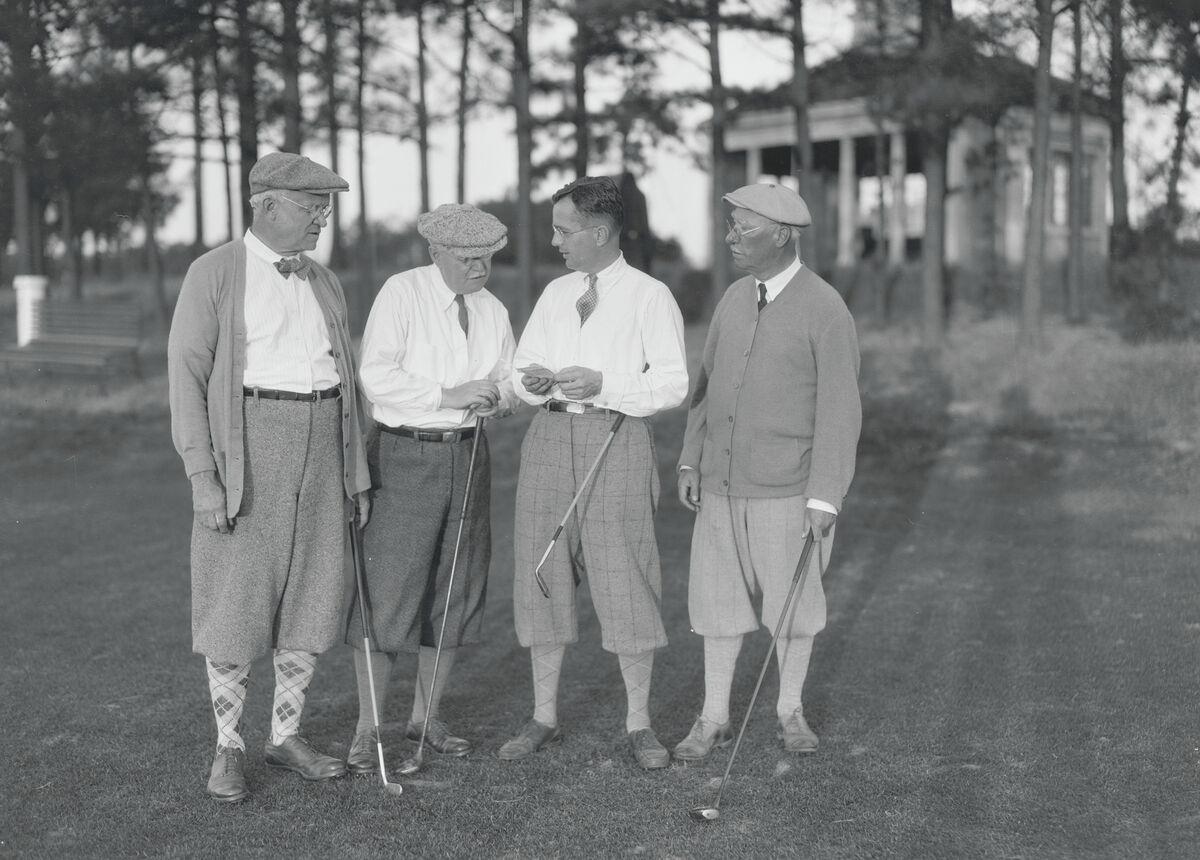
Donald Ross (far right) in Pinehurst, North Carolina
Donald Ross has a remarkable story. He was born in Scotland, and around 1899, Ross began his career in golf course design as an apprentice to none other than Old Tom Morris. He used his entire life savings to come to the U.S., entered the country with $2 in his pocket and built himself into one of the most prolific golf course designers in the U.S. by the time he died as a U.S. citizen in 1948.
Donald Ross courses are known to be routed tightly, with little room between tees and greens. Speaking of greens, Ross is credited as the first architect to use turtleback greens, on which the center of the green is the highest point of the putting surface, forcing players to be precise with their putting speed. Pinehurst No. 2, Ross’ most famous accomplishment, is famous for its turtleback greens. In all, Ross' designs have hosted over 30 major championships.
Ross had a solid playing career himself, including five wins, a top-10 in the 1903 U.S. Open, and a top-10 in the 1910 British Open.
Donald Ross Signature Courses

Signature Ross Turtleback green at Pinehurst No. 2
- Pinehurst No. 2
- Inverness Club
- Oakland Hills Country Club (South and East)
- East Lake Golf Club
- Seminole Golf Club
Donald Ross Run Facts
- He was a golf professional at Pinehurst Resort
- He grew up playing Royal Dornoch, which is also where he held his first greenskeeper job
- Ross was inducted into the World Golf Hall of Fame in 1977
- In total, Ross contributed to over 400 golf course designs
Robert Trent Jones, Sr.

Robert Trent Jones Sr. rides with his son Robert Jr
Robert Trent Jones, Sr., is another designer who was born in England but made his mark in the United States. Jones came to the U.S. with his parents around 1911 and in his time, designed or redesigned over 500 golf courses across 45 states and 35 countries. He attended Cornell University where he designed nine holes of the university’s golf course, which he finished the other nine of in 1954.
RELATED: Robert Trent Jones and His Heroic School of Golf Course Design
Bobby Jones famously commissioned Robert Trent Jones, Sr. to redesign the 11th and 16th holes at Augusta National Golf Club. His work also catapulted him to become the first commissioned architect for the USGA, where he was tasked with making U.S. Open courses more difficult. His sons, Robert, Jr. and Rees, continue to carry on his legacy with their own course designs.
A Robert Trent Jones, Sr. design follows his mantra “hard par, easy bogey” which is reflected in most of his courses. Almost every green you approach on a Jones Sr. course has penal bunkers and water, not just for decoration either.
Robert Trent Jones, Sr. Signature Courses
- Spyglass Hill
- Mauna Kea
- Royal Kaanapali
Robert Trent Jones, Sr. Fun Facts
- His first major design was Peachtree Golf Club in Atlanta
- President Dwight D. Eisenhower has Jones build him a putting green at the White House
- He also built a single practice hole at Camp David
- Jones built a private golf course for the Rockefeller family
Pete Dye
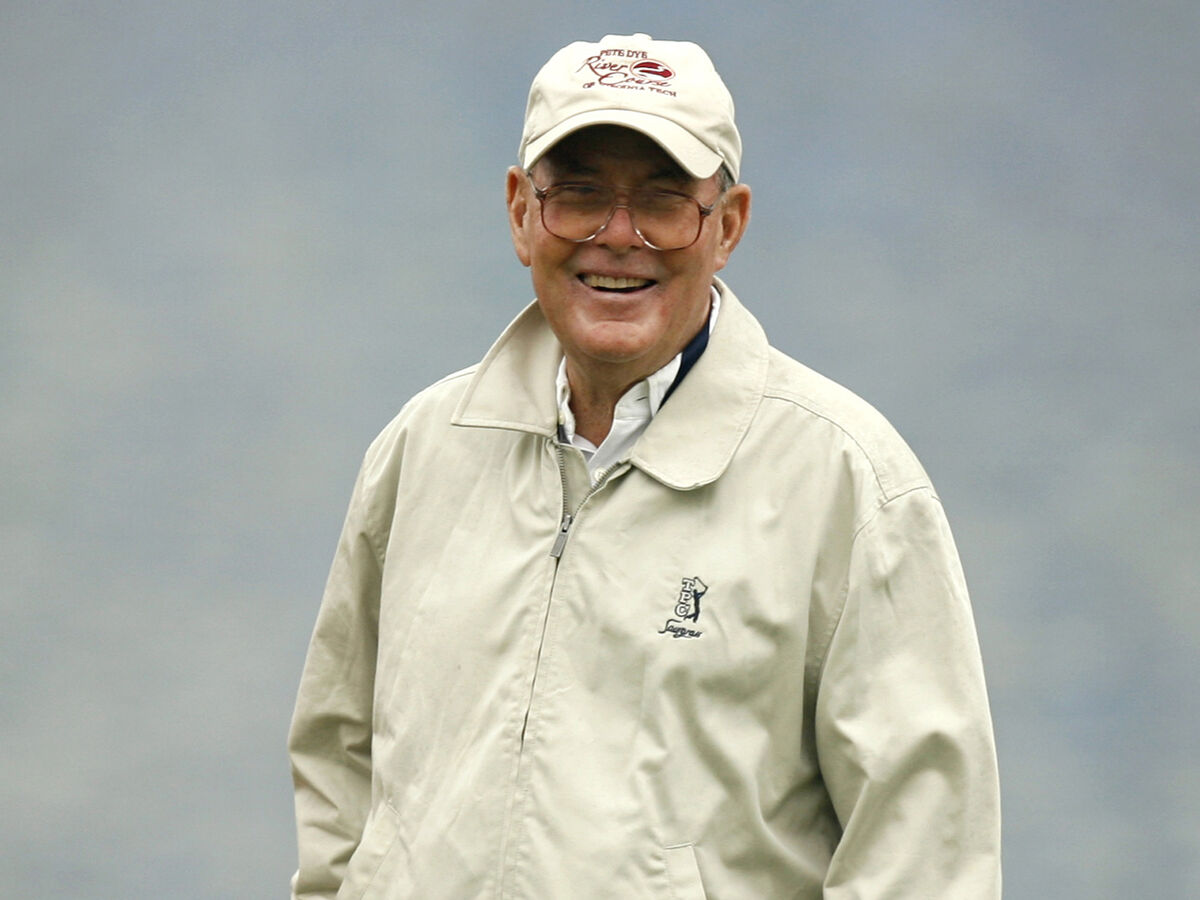
Pete Dye was born in Urbana, Ohio in 1925 and had an accomplished amateur golf career, during which he qualified for the 1957 U.S. Open before shifting his focus to course design.
With innovative routing and designs that demand accuracy, Dye is at the forefront of golf architecture. He never shied away from an idea or challenge, which is proven in his island green at TPC Sawgrass, and his bold decision to route a golf course though Indianapolis Motor Speedway at Brickyard Crossing, one of the most unique golf courses you can play. Dye’s wife, Alice, was also a designer and they collaborated on many projects until Pete’s passing in 2020.
Dye courses are known for a few specific design elements. Pete loved setting up drama on the course, creating dramatic shots wherever possible. It doesn't get much more dramatic than the 17th at Sawgrass. He also enjoyed challenging a golfer's eye by creating holes that look much more difficult than they actually play. Tough green contours and incredibly difficult, short par 4s are also Pete Dye signature traits.
Pete Dye Signature Courses
- TPC Sawgrass (Players-Stadium)
- Whistling Straits (Straits)
- Kiawah Island Resort (Ocean Course)
- Crooked Stick Golf Club
Pete Dye Fun Facts
- His 1994 memoir is titled; “Bury Me In a Pot Bunker”
- Dye is actually buried behind the 8th green at Casa de Campo in the Dominican Republic
- He was training to be a paratrooper in the U.S. Army, but the war ended before he finished
- During his time in the service he got to play Pinehurst often, where came to know Donald Ross
Tom Fazio

For Tom Fazio, golf course architecture is part of his lineage. His uncle, George Fazio, collaborated on courses with Tom in the 1960s and 70s and credits his nephew for kick starting his career. After starting his own design firm in 1972, Fazio built a reputation as a designer who collaborated with his staff and built courses as a team, not individually.
You’re in for a ton of natural beauty when you play a Fazio course, which he takes advantage of as much as possible. His courses are also very harmonious in how holes complement one another and the way the routing flows. Fazio made it a point to vary the difficulty of his courses with each set of tees, offering all levels the opportunity to enjoy a Fazio layout.
Tom Fazio Signature Courses
- Quail Hollow Country Club
- Shadow Creek Golf Club
- Caves Valley Golf Club
- Firestone Country Club (West)
Tom Fazio Fun Facts
- Golf Digest used to have the ‘Best Modern Day Golf Course Architect’ award but discontinued it after Fazio won three years in a row
- No architect had designed as many new courses in Texas as Fazio, with 10 to his credit
- George Fazio’s sons, Tom and Jim are also in golf course design. Jim’s son is named Tom Fazio II
- Fazio has more courses in America’s Top 100 than any other designer
Tom Doak

Tom Doak is known as one of the most versatile golf course designers. The proof lies in his designs, from Streamsong Blue to Pacific Dunes. Influenced by Pete Dye and Alister MacKenzie, Doak's resume boasts traditional layouts and incredible links-style courses.
RELATED: Tom Doak Golf Courses and Signature Design Features
Doak is a minimalist when it comes to course design. He prefers to move as little dirt as possible, opting to utilize the natural land as much as possible. Given that, it should come as no surprise that some of his most successful designs are built upon sand dunes. His design of Pacific Dunes, for many, catapulted Doak into the company of the greatest golf course designers ever to live.
Doak’s gives golfers a right side and a wrong side on fairways and greens. Playing a Doak course more than once can only help your cause to shoot a solid score.
Tom Doak Signature Courses
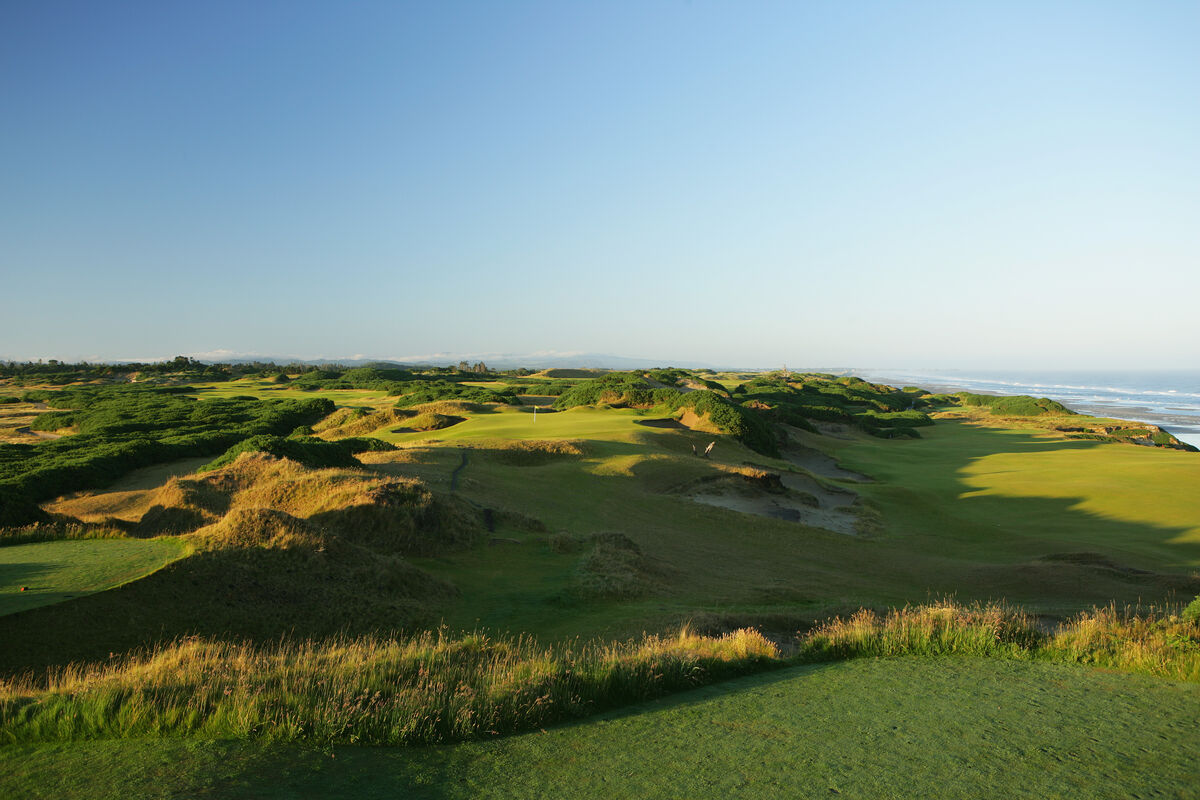
- Pacific Dunes (Pictured)
- Old Macdonald
- Streamsong Blue
Tom Doak Fun Facts
- After graduating from Cornell, Doak headed to Great Britain and Ireland to study golf course design
- He caddied at St. Andrews in the summer of 1982
- Fellow architect, Jim Urbina, taught him how to operate a bulldozer
- Fellow architect Gil Hanse worked for Doak before creating his own firm
Ben Crenshaw and Bill Coore
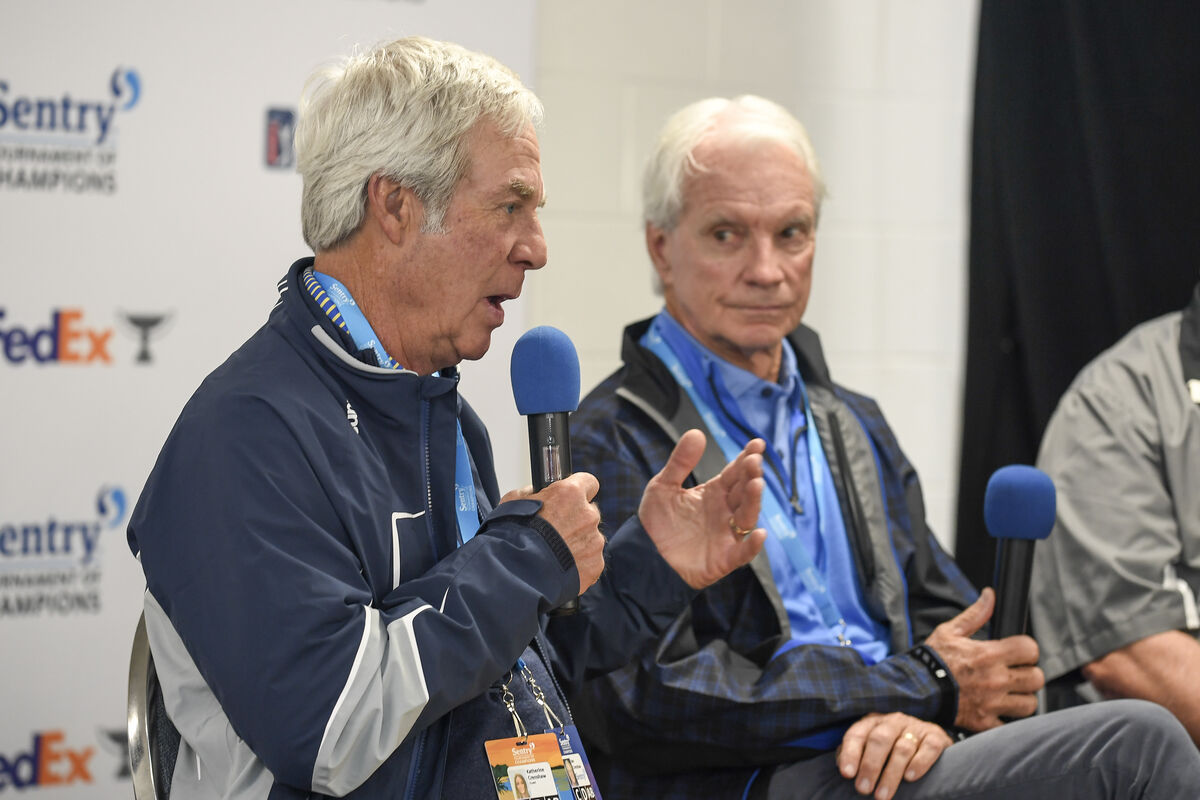
Bill Coore and Ben Crenshaw are a powerhouse duo in golf course design. Both played collegiate golf, but Crenshaw is widely known for carrying his success to the professional level. Crenshaw won 19 times on the PGA Tour, including two Masters wins and runner-ups at both the PGA Championship and the British Open Championship. In 1985, he teamed with Bill Coore to begin building strategic golf courses that would reflect their individual styles and influences. Together, the two created masterpieces such as the Plantation Course at Kapalua, Sand Valley, and the Saguaro Course at We-Ko-Pa.
Coore and Crenshaw courses typically showcase natural beauty, allowing landscapes to present themselves. Expect difficult approach shots, more-so than off the tee, as Coore and Crenshaw have a way of letting your second and third shots dictate your score. Coore and Crenshaw courses often include elements that praise more classic designs, such as tree-lined holes and simple bunkering.
Coore and Crenshaw Signature Courses

- Plantation Course at Kapalua
- Sand Hills Golf Club
- Bandon Trails
- Streamsong Red (Pictured)
Coore and Crenshaw Fun Facts
- Despite joining forces in 1986, the duo didn’t make an impact until 1991 with the Plantation Course
- Four Coore and Crenshaw courses will begin construction in 2023
David McLay Kidd
The year was 1999 and David McLay Kidd was giving golf course architecture his everything. The Scotsman was designing a course at Bandon Dunes which would open to incredibly high praise and change modern golf course design. The son of a golf course superintendent, McLay Kidd had course design in his DNA after growing up mowing fairways and raking bunkers.
To this day, McLay Kidd produces designs that challenge every club in your bag and activate all of your senses, creating some of the most sought-after tee times in the world. Without much argument, David McLay Kidd there is the top name in golf course today.
David McLay Kidd courses feature visible roots that pay homage to his Scottish heritage. Be sure to hone your short game, because his designs often include ample greenside collection areas that require every type of short game shot, from flops to bump and runs.
David McLay Kidd Signature Courses
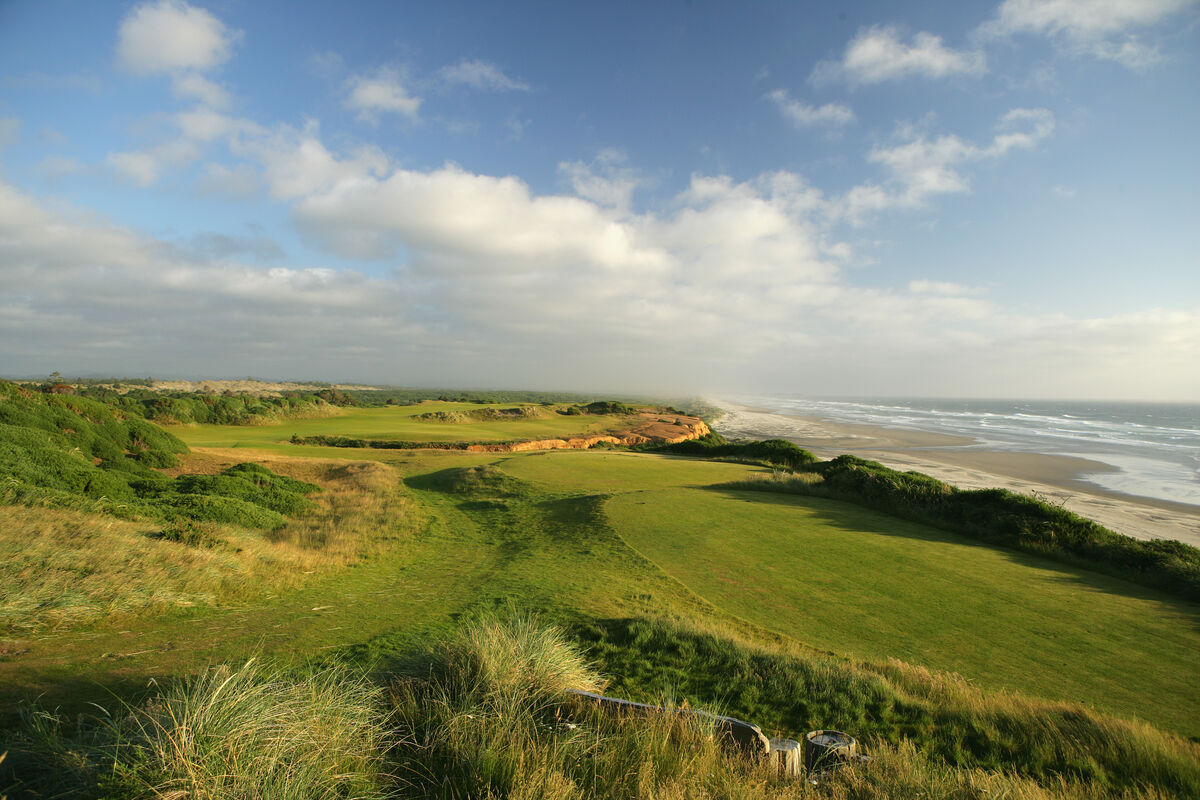
- Bandon Dunes (Pictured)
- Gamble Sands
- Mammoth Dunes
- St. Andrews (Castle Course)
David McLay Kidd Fun Facts
- He met Bandon Dunes owner, Mike Keiser, in 1994 when he began pitching the idea for the Dunes course
- He is regularly seen wearing a kilt
- He resides in Bend, Oregon with his family